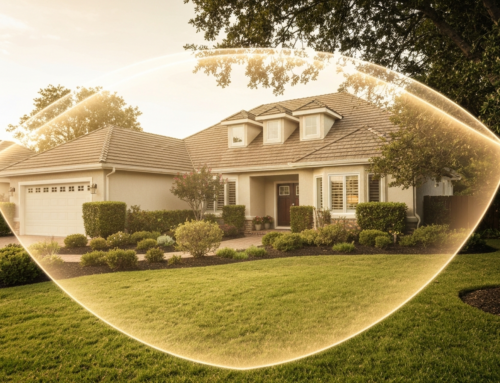The landscape of homeowners insurance in the United States is constantly evolving. For many homeowners, staying informed about these shifts is crucial for managing costs and ensuring adequate protection. Recently, various reports have shed light on the significant challenges and changes occurring in the market. Gaining a deeper understanding of these findings is key to navigating the complexities of home insurance today. This post aims to help in Understanding US Home Insurance Report Trends and what they mean for you.
Understanding the Current Landscape of US Home Insurance
The current state of the US home insurance market can be described as dynamic and, for many, increasingly challenging. Homeowners across the country are experiencing notable changes, primarily in the form of rising premiums and, in some instances, reduced availability of coverage. This isn’t a uniform phenomenon; impacts vary significantly depending on geographic location and the specific risks prevalent in those areas.
Multiple factors are converging to create this environment. The frequency and severity of extreme weather events are undeniable contributors. From hurricanes along the coasts to wildfires in the West and severe convective storms in the Midwest, natural disasters are causing more significant and costly damage than in previous decades. This increased risk directly influences how insurance companies assess potential losses and price their policies.
Beyond climate-related challenges, economic factors play a substantial role. High inflation rates have impacted the cost of building materials and labor required for repairs after a claim. When a home is damaged, the cost to rebuild or repair it has gone up, meaning insurers must pay out more for claims, which in turn affects premiums. Supply chain issues, while perhaps easing slightly, have also contributed to delays and increased costs in the repair process.
In some high-risk areas, insurers are re-evaluating their exposure. This has sometimes led to insurers pulling back from certain markets, reducing the number of available policies, or significantly increasing the requirements for coverage. Homeowners in these regions may find it harder to secure coverage or face premiums that were previously unimaginable.
Understanding these foundational elements is the first step in comprehending the broader trends highlighted in recent US home insurance reports. It’s a complex interplay of environmental, economic, and market-specific forces.
Key Takeaways Understanding US Home Insurance Report Trends
Examining recent reports on the US home insurance market reveals several critical takeaways for consumers and industry observers alike. A primary theme is the persistent upward trajectory of premiums nationwide. While the rate of increase might vary, few areas are entirely immune to some level of cost escalation. Reports consistently point to this as a major concern for homeowners.
Another significant finding is the growing focus on property-level risk mitigation. Insurers are increasingly interested in what homeowners are doing to protect their properties from potential damage. This includes actions such as:
- Updating roofs to be more resilient to wind and hail.
- Implementing wildfire mitigation strategies in at-risk areas.
- Installing smart home technology that detects issues like water leaks early.
- Ensuring properties are up to current building codes, especially in areas prone to seismic activity or high winds.
Some reports indicate that insurers are starting to offer incentives, albeit sometimes modest, for homeowners who invest in these protective measures. This aligns risk management goals between the insurer and the insured.
Availability is another key trend. While not a nationwide crisis, specific regions, particularly coastal areas or those with high wildfire risk, are seeing reduced options for standard homeowners insurance. This forces some homeowners into state-run insurance pools or the surplus lines market, which can often come with higher costs and different coverage terms.
Furthermore, reports highlight the increasing scrutiny on policy terms and deductibles. Insurers are adjusting policy language, and homeowners are seeing higher deductibles, especially for specific perils like hurricanes, windstorms, or hail. Understanding these changes is crucial for homeowners to know what their policy truly covers and what out-of-pocket expenses they might face after a claim. This points back to the importance of understanding home insurance hurricane deductibles and other peril-specific deductibles.
Finally, the role of data and technology is becoming more prominent. Insurers are using increasingly sophisticated modeling to assess risks, factoring in detailed property-specific data and advanced climate projections. This data-driven approach is influencing underwriting decisions and pricing models.
In summary, key takeaways from recent reports center around rising costs, emphasis on mitigation, challenges in availability in certain zones, changes in policy structures, and the growing influence of data and technology in the underwriting process. Understanding US Home Insurance Report Trends means grasping these multifaceted shifts.
What’s Driving Changes in Home Insurance Premiums and Coverage
Pinpointing the exact drivers behind the current state of the home insurance market involves looking at a confluence of factors. While often interconnected, these elements collectively exert upward pressure on premiums and influence coverage availability.
Increased Frequency and Severity of Natural Disasters: This is arguably the most significant driver. Events that once seemed rare are becoming more common and more destructive. The costs associated with major weather events – hurricanes, floods, wildfires, tornadoes, derechos – have escalated dramatically. Insurers pay out billions in claims after these events, and these losses are recouped through higher premiums across their customer base.
- Hurricane Activity: Coastal regions face heightened risk and subsequent premium increases. Understanding risks in specific areas, like navigating Myrtle Beach homeowners insurance options, becomes critical.
- Wildfires: Particularly in Western states, the longer and more intense wildfire seasons result in catastrophic losses.
- Severe Convective Storms (Thunderstorms, Tornadoes, Hail): These events cause widespread damage across large swaths of the country and their frequency is a growing concern.
- Flooding: Flood risk is expanding beyond traditional flood zones, making flood insurance, often separate from standard homeowners policies, increasingly important and influencing overall property risk assessment. Homeowners are wise to learn how to complete a flood risk assessment.
Inflation and Rising Construction Costs: When a home is damaged, the cost to repair or rebuild it has risen significantly due to inflation in materials (lumber, asphalt, roofing materials) and labor. This directly increases the potential payout for insurers on claims, necessitating higher premiums to cover these increased costs of doing business.
Supply Chain Issues: Related to inflation, delays in obtaining materials and components needed for repairs can prolong the claims process and sometimes add to costs.
Reinsurance Costs: Insurance companies themselves purchase insurance (reinsurance) to protect against massive losses from widespread catastrophes. With the increase in large-scale disaster claims, the cost of this reinsurance has gone up significantly. These increased costs are then passed down to policyholders through higher premiums.
Increased Population Density in High-Risk Areas: More homes are being built in areas prone to natural disasters, increasing the total exposure and potential losses for insurers.
Aging Infrastructure: Older homes may be more susceptible to damage from perils like plumbing failures, and the cost of repairing or replacing aging systems can be high. Understanding coverage like whether homeowners insurance covers plumbing is important, but preventive maintenance is even better, highlighting the need for vital homeowner maintenance tips.
Fraudulent Claims: While a smaller factor than natural disasters or inflation, fraudulent claims contribute to overall losses for insurers, indirectly impacting premiums.
Collectively, these factors create a challenging environment for insurers, forcing them to adjust pricing and coverage terms to maintain financial solvency and manage risk. This directly impacts homeowners in the form of higher costs and sometimes changes in policy availability or structure, reinforcing the need for homeowners to stay informed by Understanding US Home Insurance Report Trends.
Regional Differences and Their Impact on Homeowners
While national trends provide a broad overview, the reality of home insurance in the US is highly regional. The specific risks prevalent in a given area dramatically influence the cost and availability of coverage for homeowners there.
Coastal Regions (Southeast and Gulf Coasts): These areas are highly susceptible to hurricanes, tropical storms, and associated wind damage and flooding. Premiums are typically highest in these zones, and policies often have separate, higher deductibles for hurricane and windstorm damage. In some cases, standard insurers may not offer wind coverage, requiring homeowners to purchase it through state-run wind pools or specialized insurers. Florida, for instance, has faced significant challenges with its homeowners insurance market due to hurricane risk and other factors, leading to unique market conditions and regulations, such as specific considerations for Florida homeowners hurricane deductible explained.
Western States (California, Colorado, etc.): Wildfire risk is a dominant concern. Homes in or near wooded areas or the wildland-urban interface face rapidly increasing premiums or non-renewal of policies. Insurers are using sophisticated mapping and risk assessment tools to evaluate individual property risk based on proximity to vegetation, terrain, and mitigation efforts. This has led to discussions around availability and the role of state-mandated Fair Access to Insurance Requirements (FAIR) plans.
Midwest and Plains States: These regions are often referred to as Tornado Alley or Hail Alley. Severe convective storms, producing large hail, damaging winds, and tornadoes, cause billions in insured losses annually. Homeowners in these areas may see premiums influenced by these risks and potentially higher deductibles for hail and wind claims.
Northeast: While also susceptible to winter storms and coastal flooding, the Northeast has historically seen slightly more stable insurance markets compared to the Gulf Coast or wildfire zones. However, changing weather patterns are bringing increased risks, including more intense rainfall events leading to flooding, even away from the coast.
Inland Areas (Less Prone to Major Catastrophes): Even areas not directly on coasts or in primary wildfire/tornado zones are not immune to rising costs. The nationwide increase in reinsurance costs, inflation, and smaller-scale perils (like plumbing issues or house fires, where understanding how to be prepared for a fire is essential) still impact premiums, albeit generally to a lesser extent than in high-risk zones.
These regional variations mean that a homeowner’s experience with insurance costs and availability is heavily dependent on where they live. Understanding these specific regional risks is a critical component of Understanding US Home Insurance Report Trends.
Strategies for Homeowners Navigating Rising Costs
Facing rising homeowners insurance costs can be frustrating, but there are proactive steps homeowners can take to potentially mitigate increases and ensure they still have adequate coverage. Navigating the current market requires a strategic approach.
Shop Around and Compare Quotes: This is perhaps the most direct way to potentially find savings. Don’t simply accept a renewal notice without exploring options. Different insurers have different risk assessment models and pricing structures. Obtain quotes from multiple insurance companies, including both national carriers and regional or local insurers. An independent insurance agent can be invaluable here, as they can do the shopping for you, comparing policies and prices from various carriers. This is particularly important when seeking specific types of coverage like Coastal Carolina home insurance solutions.
Increase Your Deductible: Opting for a higher deductible will lower your annual premium. However, it’s crucial to choose a deductible amount that you can comfortably afford to pay out-of-pocket in the event of a claim. A common strategy is to set your deductible at an amount equal to your emergency fund.
Bundle Your Policies: Many insurance companies offer discounts if you purchase multiple policies (like home and auto insurance) from them. Bundling can lead to significant savings. Learn about potential savings by checking out topics like unlocking big savings by bundling home and auto insurance.
Improve Home Security and Safety: Implementing security features like alarm systems, deadbolts, and smoke detectors can qualify you for discounts. Making your home safer not only reduces risk but can also lower costs. Consider tips like vital homeowner maintenance tips that can prevent costly damage and potentially lead to fewer claims.
Mitigate Risk: Take steps to reduce the likelihood or severity of damage from common perils. This includes maintaining your roof, cleaning gutters, trimming trees away from the house, and taking precautions against water damage. In high-risk areas, consider more significant mitigation efforts like reinforcing your roof, installing storm shutters, or creating defensible space around your home if in a wildfire-prone area. Understanding and addressing specific risks, like learning how to know if you need a good flood insurance policy, is key.
Review Your Coverage Annually: Don’t just pay the bill. Take time each year to review your policy with your agent. Ensure your coverage levels are still appropriate for your home’s replacement cost (which may have increased), understand any changes the insurer has made to the policy terms or deductibles, and discuss any potential discounts you might be eligible for. A coverage review is essential; ask your agent, What’s a coverage review? Why do I need one?
Maintain Good Credit: In many states, your credit score can influence your insurance premium. Maintaining good credit can help you qualify for lower rates.
Ask About Discounts: Don’t be afraid to ask your agent about every possible discount you might qualify for. Discounts exist for things like being a non-smoker, having certain professional affiliations, being retired, or even having certain home features like sprinklers or hail-resistant roofing.
Consider a Home Inventory: While it doesn’t directly lower premiums, having a detailed home inventory can significantly streamline the claims process if you suffer a loss. This ensures you are properly compensated for damaged or destroyed personal belongings. It helps you understand the value of your contents coverage.
Navigating rising costs requires being informed, proactive, and willing to explore different options. By implementing these strategies, homeowners can better manage their insurance expenses while ensuring their property remains adequately protected against potential risks. Understanding US Home Insurance Report Trends provides the context, and these strategies offer practical steps.
Looking Ahead: Future Projections for the Home Insurance Market
Predicting the future of the home insurance market with absolute certainty is impossible, given the variables involved, particularly climate-related ones. However, based on current trends and expert analysis, we can make some informed projections about what homeowners might expect in the coming years.
Continued Premium Increases: It is likely that homeowners will continue to see premiums rise in the short to medium term. The underlying drivers – increased catastrophe losses, inflation, and reinsurance costs – are not expected to disappear overnight. The rate of increase may vary by region and depend on the severity of future weather events, but the overall trend is upward.
Greater Emphasis on Risk Mitigation: Insurers will likely place even greater importance on individual property risk mitigation. Expect more detailed questionnaires about home characteristics, location-specific risks, and improvements made to the property. Discounts for proactive risk reduction measures may become more common or more significant. Conversely, homes in high-risk areas with limited mitigation efforts may face even steeper increases or difficulty obtaining coverage.
Technological Advancements in Underwriting and Claims: The use of technology will continue to grow. Satellite imagery, drones, and sophisticated data analytics will play a larger role in assessing risk and processing claims. For instance, after a major storm, drones can quickly assess roof damage, speeding up the claims process. Similarly, data from weather patterns and property records will be used for more precise risk evaluation. This is part of a broader trend in the insurance industry leveraging technology, mirroring advancements seen in what’s new in auto insurance technology in 2025.
Potential for New Coverage Options: As risks evolve, the insurance market may adapt by offering new or modified coverage options. This could include parametric insurance policies (which pay out a set amount based on a trigger event, like a certain wind speed or earthquake magnitude), or more granular coverage options allowing homeowners to tailor policies to specific local risks.
Increased Role of Government and Public Programs: In areas where private insurance becomes prohibitively expensive or unavailable, state-run programs and federal initiatives (like the National Flood Insurance Program, though it faces its own challenges) may play a larger role in providing a safety net. There might also be more state-level discussions around regulations aimed at stabilizing the market or encouraging mitigation efforts, potentially including exploring state laws for lowering home insurance premiums.
Focus on Resilience and Preparedness: There will likely be a continued push, both from insurers and government entities, for homeowners to invest in making their homes more resilient to natural disasters. This ties back to mitigation but also includes community-level efforts and building code enhancements.
The future market will demand more active participation from homeowners in managing their risk and understanding their policies. Simply buying a policy and forgetting about it is becoming less feasible. Staying informed about trends, understanding your specific risks, and taking steps to protect your property will be crucial for navigating the evolving US home insurance landscape. Reports will continue to track these changes, making Understanding US Home Insurance Report Trends an ongoing necessity.
The challenges in the US home insurance market are significant, driven by complex environmental and economic factors. Reports consistently highlight rising costs and availability concerns, particularly in high-risk regions. However, by understanding these trends, implementing proactive strategies, and staying informed about regional variations, homeowners can navigate this landscape more effectively. Engaging with an independent insurance agent to review coverage, explore options, and understand policy specifics remains one of the most valuable steps a homeowner can take in this evolving market. Awareness, mitigation, and comparison shopping are key tools for the modern homeowner seeking to protect their property and financial future.
As the market continues to adapt, homeowners should prioritize annual policy reviews and consider the long-term implications of their home’s location and vulnerability to natural perils. The conversation with your insurance provider should be ongoing, ensuring your coverage aligns with the current risks and your personal financial situation. For additional insights into the broader economic context influencing insurance, reports from institutions like the U.S. Treasury provide valuable data. For example, understanding the U.S. Treasury report on the state of the property and casualty insurance market can offer a higher-level view of the forces at play. Similarly, resources like the Insurance Information Institute provide data and insights specifically focused on homeowners insurance statistics and trends.
Ultimately, securing appropriate homeowners insurance in today’s market requires diligence and a willingness to adapt to changing conditions. Understanding US Home Insurance Report Trends provides the essential backdrop for making informed decisions about protecting one of your most valuable assets.
Have questions? Contact us here.






